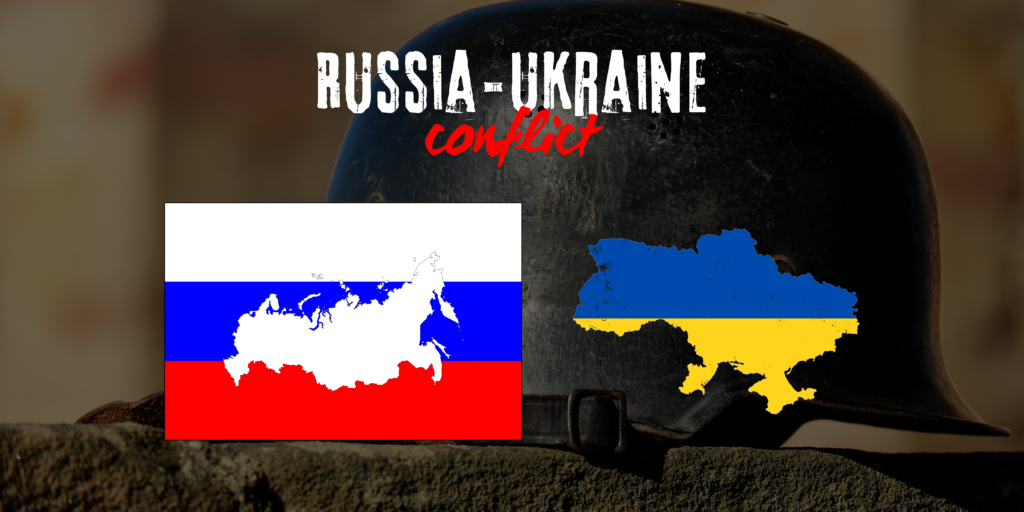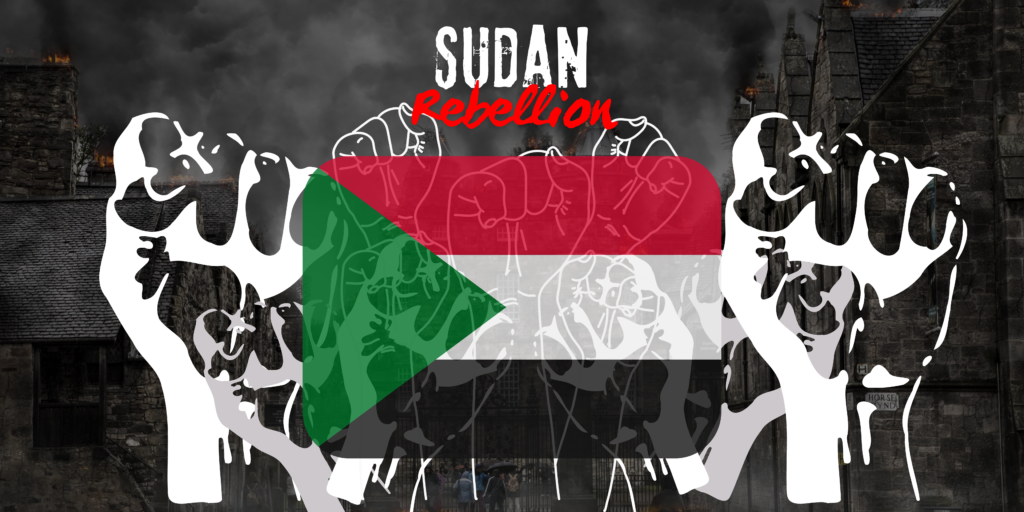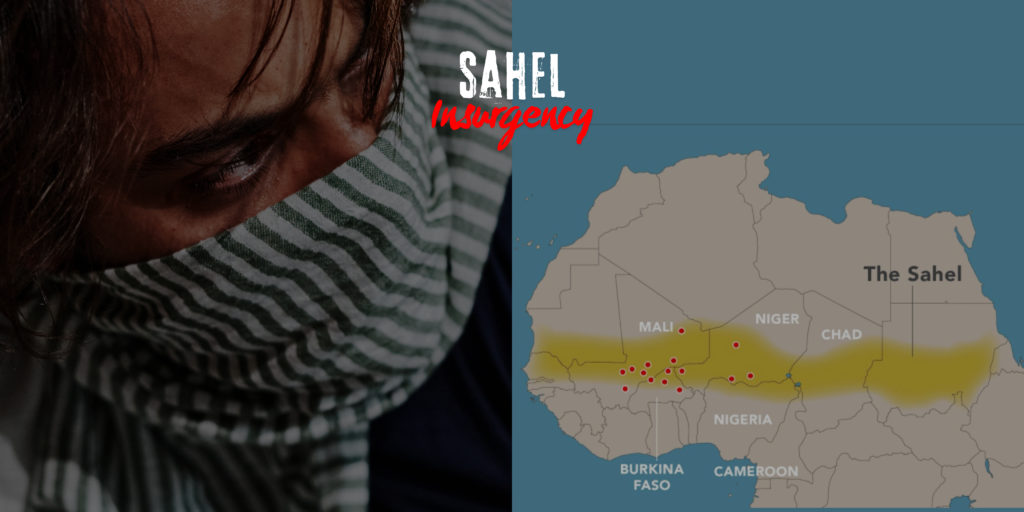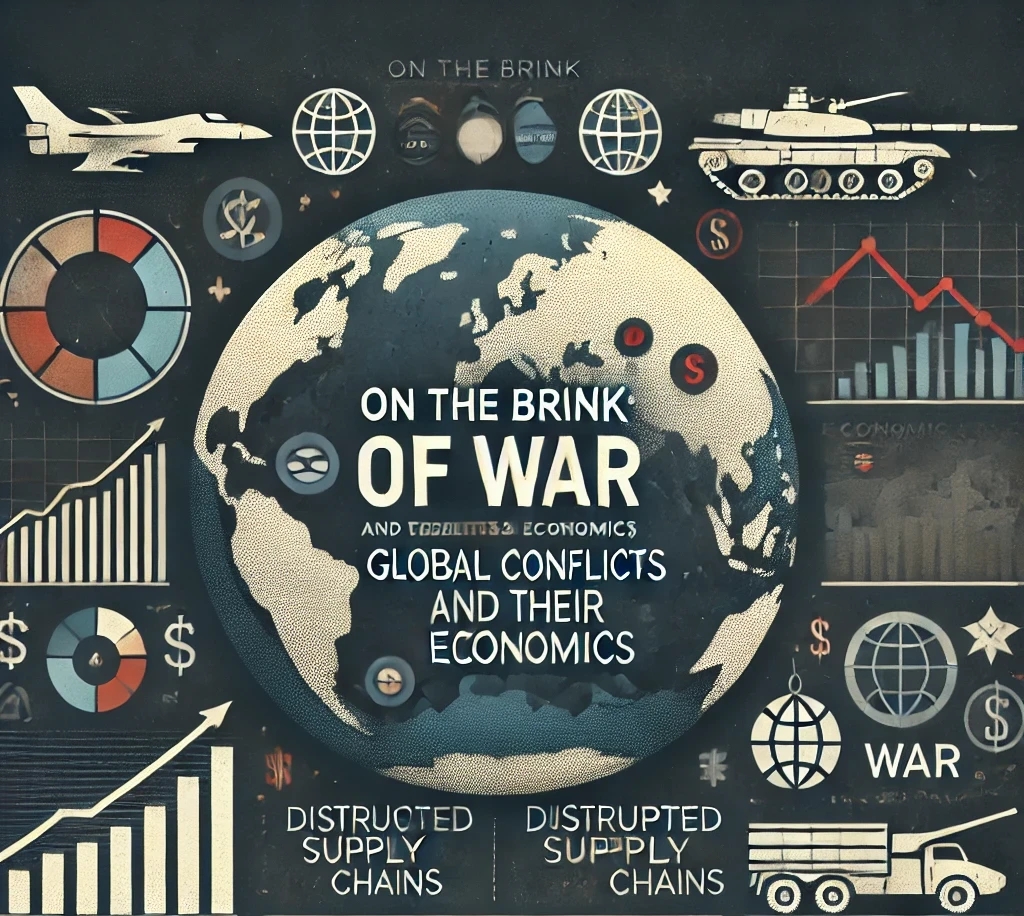
In today’s interconnected world, the economics of war and global turmoil play a pivotal role in shaping the lives of individuals and nations alike. Understanding the economic implications of conflicts and global instability is crucial for every individual, as it directly impacts financial markets, trade, employment, and the overall cost of living.
The world currently stands at a critical juncture, with geopolitical tensions, regional conflicts, and economic rivalries threatening global stability. These factors have heightened concerns about the potential for armed conflict and its profound economic consequences. According to the International Crisis Group, geopolitical risks and conflicts continue to rise, exacerbating global uncertainty and economic volatility (International Crisis Group, 2023).
Economic impacts of war and global turmoil extend beyond immediate regions of conflict. They affect global supply chains, energy prices, and financial markets, influencing economic growth and investment decisions worldwide. Below are mentioned 7 ongoing and important conflicts, that play important role in changing the global economic scenario.
Russia-Ukraine Conflict

Background
- 2014 Annexation of Crimea: The conflict began in 2014 when Russia annexed Crimea following Ukraine’s Euromaidan protests and the ousting of President Yanukovych.
- Eastern Ukraine: Pro-Russian separatists declared independence in Donetsk and Luhansk, leading to ongoing fighting.
Key Events
- 2014-2015: Intense fighting in Eastern Ukraine; Minsk agreements were attempted to cease hostilities but were largely ineffective.
- 2022 Full-Scale Invasion: Russia launched a full-scale invasion on February 24, 2022, escalating the conflict dramatically.
Current Situation
- Frontlines: Active fighting primarily in the eastern and southern regions. Major cities like Mariupol and Kherson have seen significant battles.
- Humanitarian Impact: Millions displaced, extensive civilian casualties, and widespread infrastructure damage. International aid is critical but often impeded by ongoing hostilities (Council on Foreign Relations) (Global Focus).
International Response
- Sanctions and Aid: The U.S., EU, and other Western nations have imposed heavy sanctions on Russia and provided substantial military and economic aid to Ukraine.
- Diplomatic Efforts: Multiple failed attempts at ceasefires and peace talks. The conflict remains a significant international flashpoint (Council on Foreign Relations) (Global Focus).
Global Economic Impact
- Grain and Energy Markets: Ukraine is a major exporter of grains, and the conflict has disrupted global grain markets. Energy prices have also been affected due to Ukraine’s role in gas transit.
- Military Spending: Increased military spending globally due to tensions and alliances formed in response to the conflict.
Economic Impact on US
- Defense Spending and Aid: The US has increased defense spending and provided significant aid to Ukraine, impacting its budget and foreign policy priorities.
- Energy Prices: Disruptions in energy supply from Ukraine can impact global energy prices, affecting the US economy and energy markets.
Economic Impact on India
- Oil and Gas Prices: India imports oil and gas, and disruptions in supply from Russia and Ukraine can impact its energy security and import bills.
- Trade and Investments: India’s investments in Ukraine and its relations with Russia and Europe could be impacted by the conflict.
Israel-Hamas Conflict over Gaza

Background
- Founding of Israel and Nakba (1948): The creation of Israel in 1948 led to the displacement of hundreds of thousands of Palestinians, an event known as the Nakba. This set the stage for the ongoing Israeli-Palestinian conflict.
- 1967 Six-Day War: Israel captured the Gaza Strip, West Bank, and East Jerusalem, areas with significant Palestinian populations. Although Israel withdrew from Gaza in 2005, it continues to control its borders, airspace, and maritime access.
Key Events
- Hamas’ Rise to Power (2006): In the 2006 Palestinian legislative elections, Hamas won a majority, leading to a power struggle with Fatah. By 2007, Hamas had taken full control of Gaza.
- Blockade and Conflicts: Following Hamas’ takeover, Israel and Egypt imposed a blockade on Gaza, citing security concerns. This blockade has resulted in severe restrictions on movement and goods, leading to a humanitarian crisis.
- Major Conflicts:
- 2008-2009 (Operation Cast Lead): Israel launched a military operation in response to rocket fire from Gaza, resulting in significant casualties and destruction.
- 2012 (Operation Pillar of Defense): Another conflict erupted, marked by rocket attacks from Gaza and Israeli airstrikes.
- 2014 (Operation Protective Edge): A particularly deadly conflict leading to thousands of Palestinian casualties and extensive destruction.
- 2021 Conflict: Escalation following tensions in East Jerusalem, resulting in rocket attacks from Gaza and Israeli airstrikes.
Current Situation
- Ongoing Tension: The region continues to experience periodic outbreaks of violence, with clashes between Israeli security forces and Hamas militants.
- Humanitarian Crisis: Gaza faces severe humanitarian challenges, including high unemployment, food insecurity, inadequate healthcare, and limited access to clean water and electricity.
- Blockade: Israel and Egypt have maintained a blockade on Gaza since Hamas took control in 2007, restricting the movement of people and goods, which exacerbates the humanitarian crisis.
International Response
- Diplomatic Efforts: Efforts to achieve a lasting peace, such as the Oslo Accords and various U.S.-brokered plans, have repeatedly failed. The international community remains divided, with the U.S. supporting Israel and other countries emphasizing Palestinian rights.
- Humanitarian Aid: Numerous international organizations and countries provide humanitarian aid to Gaza, but access and delivery are often hampered by the blockade and ongoing violence. United Nations Relief and Works Agency for Palestine Refugees in the Near East (UNRWA).
Global Economic Impact
- Oil Prices: Instability in the Middle East, including Gaza, can contribute to higher oil prices due to concerns over supply disruptions.
- Trade Routes: The conflict can impact trade routes in the Mediterranean, affecting global shipping and logistics.
- Financial Markets: Events in Gaza can affect investor sentiment and global financial markets, particularly in regions with interests in the Middle East.
Economic Impact on US
- Military Aid to Israel: The US provides significant military aid to Israel, which can impact US defense spending and foreign policy.
- Energy Prices: Instability in the region can lead to fluctuations in oil prices, affecting the US economy and energy markets.
Economic Impact on India
- Oil Prices: India, as a major importer of oil, can experience increased import bills if oil prices rise due to instability in Gaza.
- Diplomatic Relations: India’s stance on the Israeli-Palestinian conflict can impact its relations with countries in the Middle East and affect trade and investment.
US-China Conflict over Taiwan

Background
- The US-China conflict is characterized by strategic competition across various domains, including trade, technology, military, and geopolitics.
- Issues include trade imbalances, intellectual property theft, human rights, Taiwan, and the South China Sea.
Key Events
- Trade War (2018-2020): The US and China engaged in a trade war, imposing tariffs and other trade barriers on each other’s goods.
- Technology Competition: The US has restricted the access of Chinese technology companies like Huawei to its market, citing national security concerns.
- Military Tensions: The US and China have competing military interests in the South China Sea and Taiwan.
Current Situation
- Strategic Competition: The US and China continue to engage in strategic competition, with both countries pursuing policies to strengthen their influence globally.
- Trade Negotiations: Periodic negotiations to resolve trade disputes and tariffs, but underlying tensions persist.
- Human Rights Concerns: The US and other countries have criticized China’s human rights record, particularly regarding Xinjiang and Hong Kong.
Global Economic Impact
- Disruption in Global Trade: The trade conflict has disrupted global supply chains and increased uncertainty for businesses.
- Technology Standards: Competing technology standards between the US and China impact global technological development and adoption.
- Market Volatility: Tensions between the world’s two largest economies contribute to market volatility and affect investor confidence globally.
Economic Impact on US
- Trade and Tariffs: Tariffs on Chinese imports impact US businesses and consumers, raising costs and potentially reducing consumer spending.
- Technology Sector: Restrictions on Chinese technology companies affect US technology firms and innovation.
Economic Impact on India
- Trade and Investment: India can benefit from the US-China conflict as companies look for alternative markets and supply chains.
- Technology Sector: India’s technology sector can be affected by the competition between US and Chinese tech companies.
Sudan Rebellion

Background
- Darfur Conflict: Started in 2003, primarily between the Sudanese government and various rebel groups in the Darfur region.
- Power Struggle: The overthrow of President Omar al-Bashir in 2019 led to a power-sharing agreement between military and civilian groups, but tensions remain high.
Key Events
- Darfur Conflict (2003): Rebels in the Darfur region of western Sudan took up arms against the Sudanese government, resulting in a humanitarian crisis and allegations of genocide.
- Secession of South Sudan (2011): After years of conflict, South Sudan gained independence from Sudan, leading to further challenges for Sudan’s stability.
- Recent Political Unrest: Following the ousting of long-time President Omar al-Bashir in 2019, Sudan has experienced political instability and power struggles.
Current Situation
- Conflict Zones: Active conflicts in Darfur, South Kordofan, and Blue Nile regions.
- Humanitarian Crisis: Widespread displacement, famine, and lack of medical supplies. The UN and various NGOs are heavily involved in providing aid (Crisis Group).
International Response
- Sanctions and Peacekeeping: International sanctions and the presence of UN peacekeepers have had mixed success. Diplomatic efforts are ongoing but face significant challenges due to the fragmented nature of Sudanese politics.
Global Economic Impact
- Regional Trade Disruptions: Instability in Sudan can disrupt regional trade and affect economic activities in neighboring countries.
- Oil Markets: Sudan has significant oil reserves, and disruptions in production can impact global oil prices.
Economic Impact on US
- Peacekeeping and Humanitarian Aid: The US contributes to peacekeeping efforts and provides humanitarian aid to Sudan, impacting its foreign aid budget.
- Energy Prices: Instability in Sudan can affect global oil prices and, consequently, energy costs in the US.
Economic Impact on India
- Oil Prices: As a major oil importer, India can be affected by fluctuations in global oil prices due to instability in Sudan.
- Regional Stability: India’s investments in Africa and regional stability could be impacted by ongoing conflicts in Sudan.
Myanmar Coup

Background
- Ethnic Tensions: Long-standing ethnic conflicts between the government and various ethnic armed groups, particularly in regions like Kachin and Shan states.
- Military Coup (2021): The military coup on February 1, 2021, ousted the democratically elected government of Aung San Suu Kyi, leading to widespread protests and violent crackdowns.
Key Events
- 2021 Coup: Mass protests met with brutal military responses, leading to thousands of deaths and arrests.
- Ethnic Armed Groups: Increased activities and alliances among ethnic armed groups against the military junta.
Current Situation
- Civil War: Ongoing armed resistance against the military government. Areas like Chin, Kayah, and Karen states are particularly affected.
- Humanitarian Impact: Displacement of over a million people, severe human rights abuses, and a worsening humanitarian crisis with food and medical shortages (Crisis Group).
International Response
- Sanctions and Diplomacy: International sanctions against military leaders and calls for a return to democratic governance. ASEAN and UN efforts for dialogue have seen limited success (Crisis Group).
Global Economic Impact
- Regional Trade Disruptions: Instability in Myanmar can disrupt regional trade and affect economic activities in Southeast Asia.
- Global Supply Chains: Myanmar is a significant producer of garments and textiles, and disruptions in production have affected global supply chains.
Economic Impact on US
- Trade Relations: The US has imposed sanctions on Myanmar, impacting trade relations and investments.
- Textile Imports: The US imports textiles from Myanmar, and disruptions in production can impact supply and prices.
Economic Impact on India
- Bilateral Trade: India has significant economic interests in Myanmar, including trade and investments, which could be affected by political instability.
- Regional Security: Instability in Myanmar can impact regional security and stability, affecting India’s interests in Southeast Asia.
Sahel Insurgency

Background
- Terrorism and Insurgency: The Sahel region, including Mali, Burkina Faso, and Niger, faces severe security challenges from Islamist insurgencies and militant groups like Boko Haram, Al-Qaeda, and ISIS affiliates.
- Weak Governance: Fragile state institutions and political instability exacerbate the situation.
Key Events
- 2012 Tuareg Rebellion: A coup in Mali led to a power vacuum that was exploited by Islamist militants.
- Ongoing Insurgencies: Frequent attacks on civilians, military personnel, and international peacekeepers.
Current Situation
- Humanitarian Crisis: Millions displaced, widespread food insecurity, and limited access to basic services.
- Security Operations: International efforts, including France’s Operation Barkhane and UN missions, aim to stabilize the region but face significant challenges (Wikipedia).
International Response
- Military Assistance: Extensive foreign military involvement, including troops from France, the UN, and regional coalitions.
- Development Aid: Efforts to address underlying socio-economic issues through international aid and development programs.
Global Economic Impact
- Disruption in Regional Stability: Instability in the Sahel affects regional trade, agriculture, and economic development in West Africa.
- Impact on Energy Markets: The region is a transit route for oil and gas pipelines, and instability can impact global energy prices.
Economic Impact on US
- Counterterrorism Operations: The US supports French and African forces in counterterrorism efforts, impacting defense spending.
- Humanitarian Aid: The US provides humanitarian aid to alleviate the suffering of displaced populations in the Sahel.
Economic Impact on India
- Trade and Investment: India has economic interests in West Africa, including trade and investment, which can be affected by regional instability.
- Energy Security: Instability in the Sahel can disrupt energy supply routes and affect India’s energy security.
Ethiopia Ethnic Conflict

Background
- Ethnic Federalism: Ethiopia’s ethnic federalism has led to tensions among different ethnic groups.
- Tigray Conflict: Started in November 2020 between the federal government and the Tigray People’s Liberation Front (TPLF).
Key Events
- 2020 Onset of Conflict: The federal government launched a military offensive in Tigray.
- Human Rights Violations: Reports of massacres, sexual violence, and widespread displacement.
Current Situation
- Ceasefire and Fragility: A fragile ceasefire was brokered, but sporadic clashes continue. The humanitarian situation remains dire with millions in need of assistance.
- Regional Implications: The conflict has destabilized the broader Horn of Africa region, affecting neighboring countries like Sudan and Eritrea (Crisis Group).
International Response
- Sanctions and Humanitarian Aid: Sanctions against Ethiopian and Eritrean officials, and significant humanitarian aid from the UN and other organizations.
- Diplomatic Efforts: Ongoing diplomatic efforts by the African Union and international mediators to achieve a lasting peace (Crisis Group).
Global Economic Impact
- Disruption in Regional Stability: The conflict in Ethiopia has regional implications, affecting trade and economic activities in East Africa.
- Food Security: Ethiopia is a major food producer, and disruptions in agriculture can impact global food prices.
Economic Impact on US
- Humanitarian Aid: The US provides humanitarian aid to Ethiopia and neighboring countries affected by the conflict.
- Diplomatic Engagement: The US is engaged diplomatically to support peace efforts and mitigate the humanitarian crisis.
Economic Impact on India
- Trade and Investment: India has economic interests in Ethiopia and East Africa, which can be affected by regional instability.
- Agricultural Imports: Instability in Ethiopia can impact India’s import of agricultural products and food supplies.
Each of these conflicts involves complex historical, political, and socio-economic factors, leading to significant human suffering, economic instability, and international concern.

